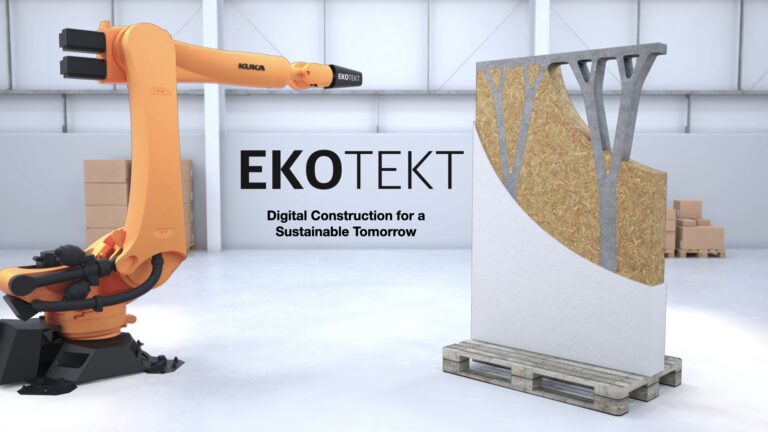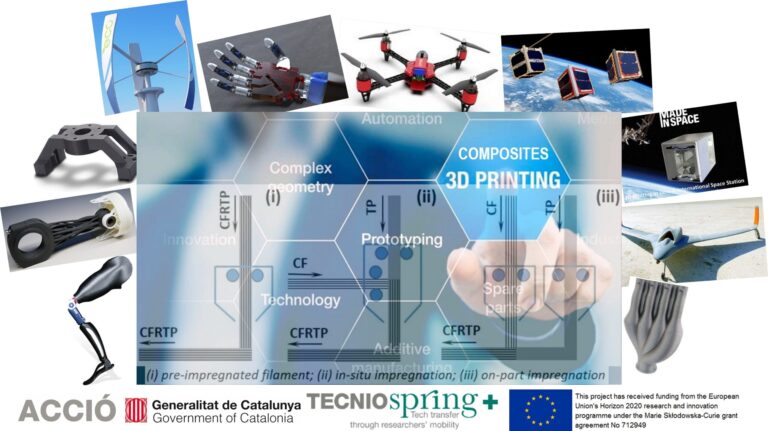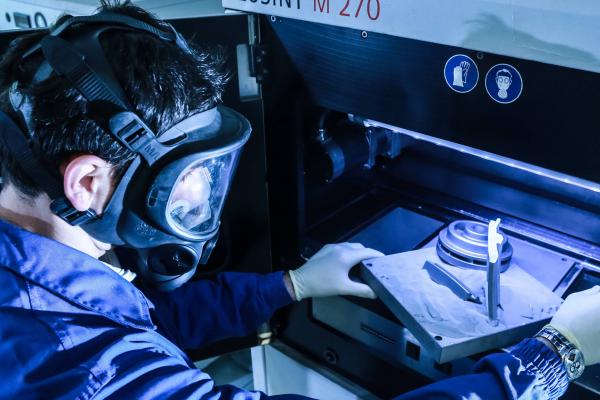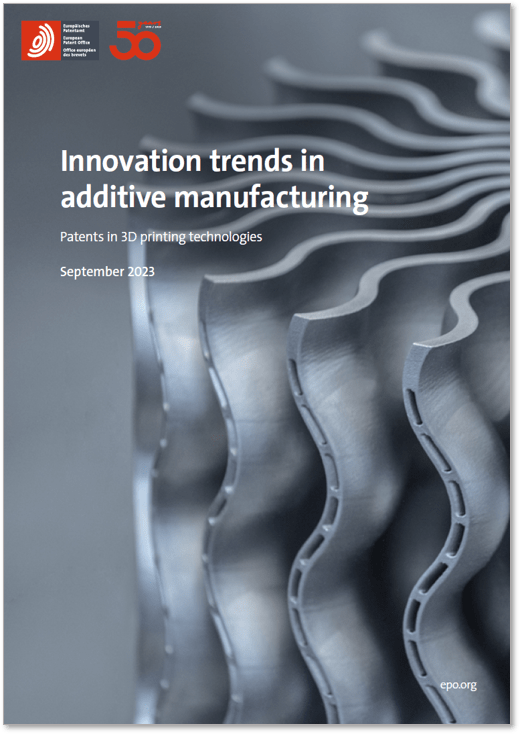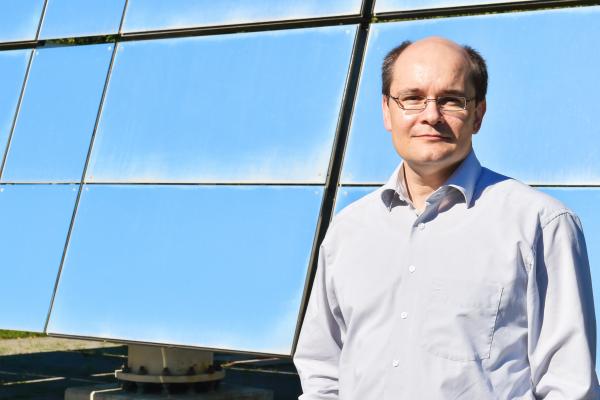Add to favorites:
Share:
Expected Outcome
Project results are expected to contribute to all of the following expected outcomes:
- Bio-fabricated construction materials[1] and their beneficial properties are better known and accepted by construction ecosystem[1] professionals.
- Innovative, sustainably sourced, beautiful[1] bio-fabricated construction materials can be produced at mass-scale at competitive costs.
Scope
Along with the current paradigm shift towards a sustainable[1] and circular bioeconomy and the use of circular design principles in the built environment, new materials and innovative technologies are emerging to help reach zero-waste goals and the lowest environmental impact. Bio-fabricated materials open new avenues for reaching higher ambitions in terms of sustainability, especially if associated with high-technological solutions that can accelerate and simplify their manufacturing, retrofitting and renewal.
Bio-fabricated materials and their potential as an alternative to conventional materials are still underexplored. The widespread integration of bio-fabricated materials in the built environment[1] faces several barriers, from technical and regulatory hurdles to high production costs, limited knowledge and expertise among construction professionals, and low acceptance by the construction ecosystem. Bio-fabricated materials and their potential as an alternative to conventional materials are underexplored.
Research is required to investigate new ways to address the main technical challenges of bio-fabricated materials.
Proposals are expected to address all of the following:
- Develop and test at least two innovative sustainable bio-fabricated construction materials that:
- Have innovative features compared to current materials on the market (such as, but not limited to, the capacity to self-repair, to adapt to an evolving environment, to store carbon or act as a carbon sink, to heat and/or cool buildings, extended lifespan, etc.).
- Can be used for interior, exterior or structural purposes.
- Comply with relevant EU standards and regulatory frameworks.
- For each material developed:
- Assess its properties, benefits, as well as design and construction applications. This should cover at least the structural, mechanical, thermal, acoustic, health-related, durability and aesthetic properties and take into consideration the variations within a changing environment (e.g. weather conditions).
- Study the feasibility for mass-scale production to increase production volumes and affordability. This should consider the use of high-technological manufacturing techniques and processes (such as 3D printing, robotics, building information modelling (BIM), parametric design, high-performance sensor, artificial intelligence (AI), etc.).
- Analyse the environmental footprint of the bio-fabricated materials following a life cycle assessment (LCA) approach to validate their contribution to the reduction of the whole life carbon emissions in the built environment.
- Analyse the social and economic impacts throughout the material’s whole life cycle, for example using social life-cycle assessment (SLCA) and life-cycle costing (LCC) approaches.
Proposals are expected to follow a participatory and transdisciplinary approach[6] through the integration of different actors (such as public authorities, local actors from the targeted neighbourhoods, civil society, private owners, etc.) and disciplines (such as architecture or design, arts, (civil) engineering, etc.).Proposals are expected to dedicate at least 0.2% of their total budget to share their intermediate and final results and findings with the Coordination and Support Action 'New European Bauhaus hub for results and impact' (HORIZON-MISS-2024-NEB-01-03).
[1] See definition in the Glossary section of the NEB part of the HE WP25.
[2] See definition in the Glossary section of the NEB part of the HE WP25.
[3] See definition in the Glossary section of the NEB part of the HE WP25.
[4] See definition in the Glossary section of the NEB part of the HE WP25.
[5] See definition in the Glossary section of the NEB part of the HE WP25.
[6] See definition on NEB working principles in the Glossary section of the NEB part of the HE WP25.
Partner Requests
Explore Real Collaboration Opportunities
🔍 As a logged-in member, you now have exclusive access to all active Partner Requests for this Funding Call.
See who’s looking for collaborators, explore exciting project ideas, and discover how others are planning to make an impact.
💡 Use these insights to get inspired—or take the next step and start a request of your own (3 entries for free).
Log in or registrate here for free.
You must be logged in to submit or manage a partner request.
Ask our experts about this call
Connect with the Listing Owner!
💬 Please log in now to send a direct message to our experts and ask your questions. Not a member yet? Sign up for free and start connecting today!
Related Funding and Finance Opportunities
Unlock Exclusive Funding Opportunities!
🔑 Get instant access to tailored funding opportunities that perfectly match your needs. This powerful feature is exclusively available to our premium members—helping you save time, stay ahead of the competition, and secure the right funding faster.
Upgrade to Premium now and never miss an important opportunity again! Already a premium member? Log in here to explore your matches.
Related Innovation Offers
Related Knowledgebase Resources
Discover More with Premium: Related Knowledge Resources
🔒 You’re missing out on expert-curated knowledge specifically matched to this topic. As a Premium member, you gain exclusive access to in-depth articles, guides, and insights that help you make smarter decisions, faster.
Whether you’re preparing a funding proposal, researching a new market, or just need reliable information—our Premium knowledge matches save you hours of research and point you directly to what matters.
Upgrade to Premium now and instantly unlock relevant knowledge tailored to your needs! Already a member? Log in here to view your personalized content.
Access Restricted
This funding opportunity is only fully available to premium members.









